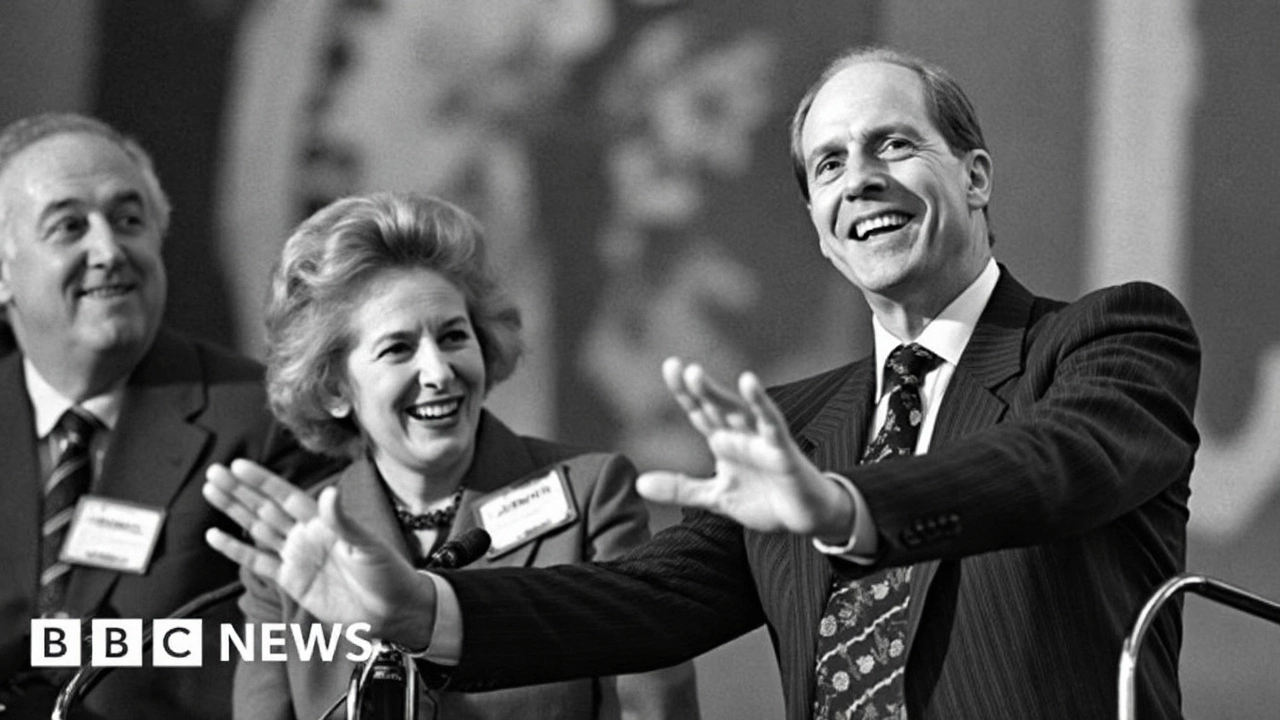IRA Bombing: What Happened and Why It Still Matters
When you hear the words "IRA bombing" you probably picture a city street exploding, sirens wailing, and a tense crowd scrambling for safety. Those images come from a long, painful chapter in Irish and British history that stretched from the late 1960s to the early 2000s. The Irish Republican Army used bombs to press for a united Ireland, and the attacks left a lasting mark on politics, security, and everyday life.
Key moments that defined the bombing campaign
Some bombings stand out because of their size, timing, or political fallout. The 1972 Bloody Friday in Belfast unleashed 22 bombs in 35 minutes, killing dozens and injuring hundreds. In 1996, the Docklands bombing in London shocked the world with a massive truck bomb that caused huge damage but few deaths. Each incident forced governments to rethink how they protect civilians while hunting down the perpetrators.
How bombings changed security and public life
After each attack, police and military units tightened checkpoints, installed CCTV, and trained bomb squads. Everyday places like markets, train stations, and pubs became targets, so people learned to scan bags, report suspicious packages, and stay alert. The fear factor also pushed community groups to talk more openly about peace, eventually leading to the Good Friday Agreement in 1998, which dramatically cut the violence.
For victims, the trauma runs deep. Survivors often speak about hearing the blast, feeling the shockwave, and dealing with lingering health issues. Families of the dead carry the loss for generations. These personal stories remind us that behind every headline number is a real human life that was altered forever.
In the years after the ceasefire, the IRA officially ended its armed campaign, and many former members turned to politics. The shift from bombings to ballots shows how a violent movement can transition to a democratic one—if the right conditions are in place. Still, occasional splinter groups have tried to keep the flames alive, which is why monitoring and community engagement remain crucial.
What can we learn from the IRA bombing era? First, violence rarely delivers lasting solutions; it mostly creates pain and retaliation. Second, strong, transparent security can deter attacks but must balance civil liberties. Third, dialogue and political compromise are essential to end cycles of terror.
Today, schoolchildren in Belfast learn about the bombing period as part of history lessons, and museums display artifacts like shrapnel and old warning signs. Remembering the past helps societies avoid repeating the same mistakes. It also honors those who survived and those who were lost.
If you ever find yourself in an area with a history of conflict, stay aware, respect local advice, and support community initiatives that promote peace. Simple actions—like reporting a suspicious bag or participating in remembrance events—can make a big difference.

Norman Tebbit, Thatcher-Era Tory Minister and IRA Bombing Survivor, Dies at 94
Norman Tebbit, a leading Conservative minister under Margaret Thatcher, has died at age 94. Famed for his tough politics, Tebbit survived the 1984 IRA bombing that left his wife disabled. His legacy stretches from Parliament to the House of Lords, where he retired in 2022.
View more